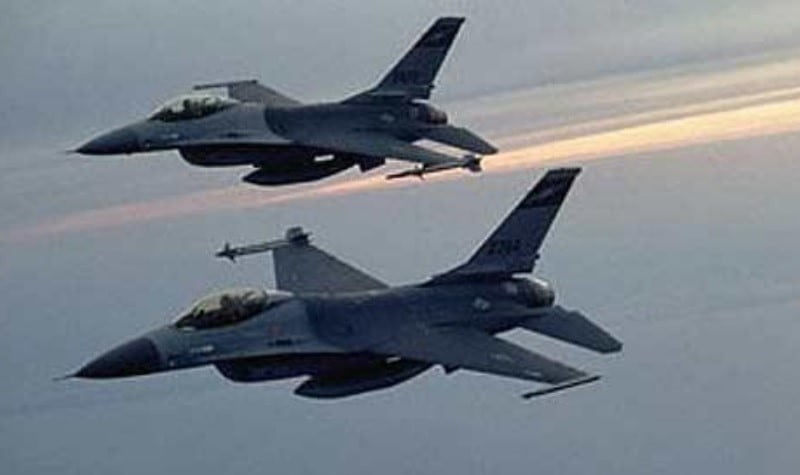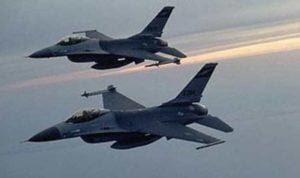China Used Pakistan to Test Its Advanced Weapons, U.S. Reports
3 min read
Pakistan’s use of Chinese weapons to down French Rafale fighter jets used by Indian airforce also became a particular selling point for Chinese Embassy defense sales efforts
WASHINGTON: China opportunistically leveraged Pakistan’s four-day military clash with India in May 2025 to test and promote its advanced weapon systems, according to a new annual report released by the U.S. Congress on Wednesday.
The report said that Pakistan’s use of Chinese-built systems — including the HQ-9 air defense system, PL-15 air-to-air missiles, and J-10 fighter jets — marked the first time Beijing’s modern military platforms were deployed in active combat. The episode effectively served as a real-world experiment for China’s defense technology and intelligence capabilities.
According to the report, Pakistan downed Indian Air Force jets, including French-made Rafales, became a major selling point for Chinese embassies promoting defense equipment overseas. “Despite the fact that only three Indian jets were reportedly downed — and not all were Rafales — the incident was showcased as evidence of Chinese weapons outperforming Western systems,” the report claimed.
Following the clash, Chinese embassies globally highlighted the performance of their weaponry against India, seeking to boost foreign weapons sales. The report, however, cautioned that describing the conflict as a “proxy war” overstated China’s role as an instigator. Instead, Beijing “opportunistically leveraged” the situation to enhance its strategic messaging amid its own border tensions with India and its ambitions to expand its defense industry.
The report also noted claims by the Indian military that China provided Pakistan with “live inputs” on Indian troop positions throughout the crisis, effectively using the confrontation to test its own intelligence and surveillance systems. Pakistan denied the allegations, while China neither confirmed nor commented on its level of involvement.
Growing China–Pakistan Defense Cooperation
The congressional review underscored China’s deepening defense partnership with Pakistan, especially in 2024 and 2025. In late 2024, the two countries held their three-week Warrior-VIII counterterrorism drills, followed by China’s naval participation in Pakistan’s multinational AMAN exercises in February 2025. Indian analysts viewed the developments as strategic setbacks and direct threats to India’s security interests.
China remains Pakistan’s largest defense supplier, accounting for approximately 82% of Pakistan’s arms imports between 2019 and 2023. In June 2025, Beijing reportedly offered Islamabad advanced systems including J-35 fifth-generation fighters, KJ-500 early-warning aircraft, and ballistic missile defense systems. The same month, Pakistan raised its defense budget by 20%, reaching $9 billion, even as its overall national budget declined.
China’s Disinformation Efforts
The report cited French intelligence claims that China launched an online disinformation campaign to undermine global sales of the French Rafale jet, promoting its own J-35 aircraft instead. Fake social media accounts allegedly circulated AI-generated and video game imagery portraying the “wreckage” of Indian aircraft supposedly destroyed by Chinese systems.
The report also claimed Chinese diplomats persuaded Indonesia to pause a pending Rafale purchase, strengthening Beijing’s influence over regional arms procurement.
PLA Air Force Modernization
The congressional document highlighted rapid advancements in China’s air power. The People’s Liberation Army Air Force (PLAAF) is preparing to deploy futuristic systems such as the Chengdu J-36, a next-generation stealth fighter resembling the U.S. F-35, and the Jiu Tian, a “drone mothership” designed to command swarms of unmanned aircraft.
The report emphasized that Pakistan’s use of Chinese fighter jets and air-to-air missiles during the four-day clash with India marked the first confirmed combat deployment of these systems. The real-world data gathered from the conflict could significantly benefit Chinese military development and strengthen China’s credibility in the global defense market, it added.




